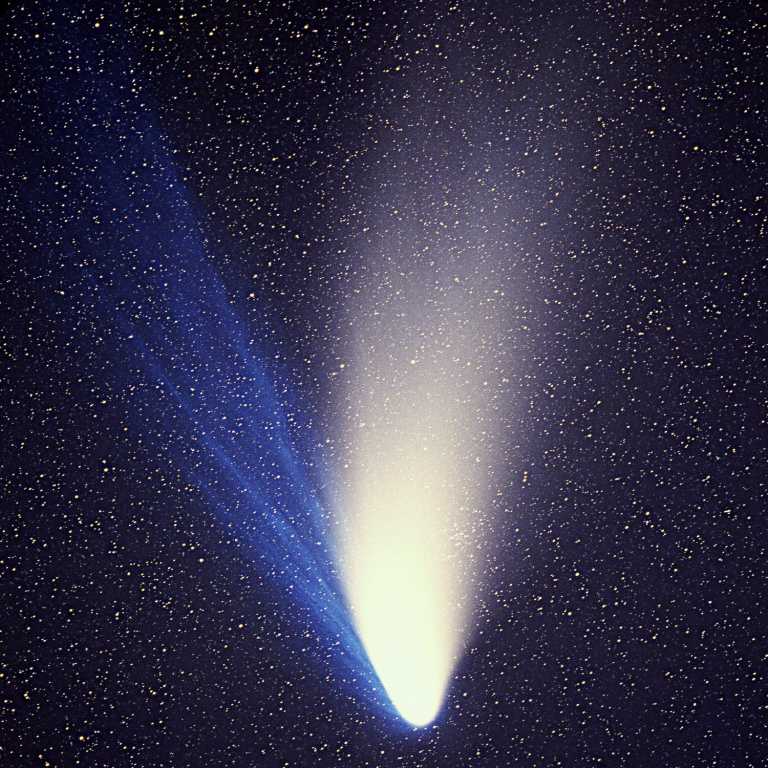Celebrations begin as Comet 12P/Ponce-Brookes approaches Earth
The preparations for the celebration of Comet 12P/Ponce-Brooks’ approach to Earth have already begun. On reaching near the earth, it can be seen with the naked eye. It is approaching the Earth after 71.3 years. This is some comet, which rains the Draconids meteor shower every year.
Actually comets have been the center of attraction of our solar system. Making a long tail, they reach closer to the Sun. This tail becomes the center of attraction.
This comet was discovered by Jean Louis Pons on 12 July 1812. After this Williams Robert saw it for the second time in 1883. Astronomers along with scientists are very excited about coming closer this time. It will move towards perihelion on April 21, 2024. Then its brightness will reach about 4-4.5. Its identification will be easy because it will pass under the planet Jupiter in the direction of the west.
It will reach closest to Earth on 2 June 2024. Then its distance from the earth is 1.6 AU. will remain and the brightness will be 6th magnitude. Then it can be seen with the naked eye. According to Richard Miles, director of the Asteroid and Distant Planets Section of the British Astronomical Association (BAA), 12P/Pons-Brooks is one of about 10 comets that have brightened to magnitude five or more during the last two centuries. He saw it on the night of 20 July. At present, it is seen dim and it is moving closer to us in the inner orbit of the solar system.
will go round the sun and return
According to Dr. Shashibhushan Pandey, Senior Astronomer of Aryabhatta Observational Science Research Institute, ARIES, even though there is one year left for Comet 12P/Pons-Brooks to come close to the Earth, it is natural to be excited when it arrives after a long gap of 71 years. Now especially amateur scientists will start searching for it. It is expected that due to the availability of state-of-the-art facilities of the camera, the way for its further study will be easy.
https://space23lyear.com
Source: Earth Sky.
Photo: NASA

Journalist Space science.
Working with India’s leading news paper.
और अधिक जानें

